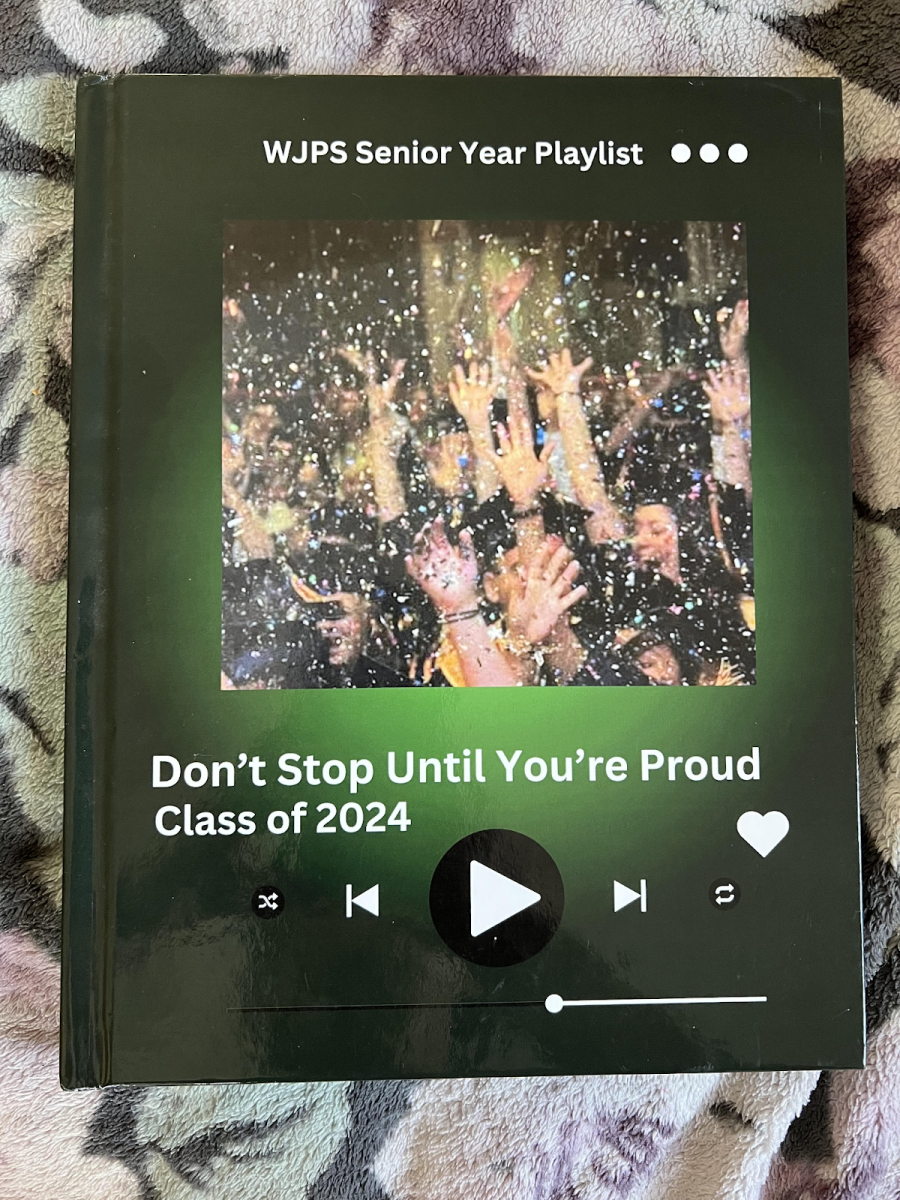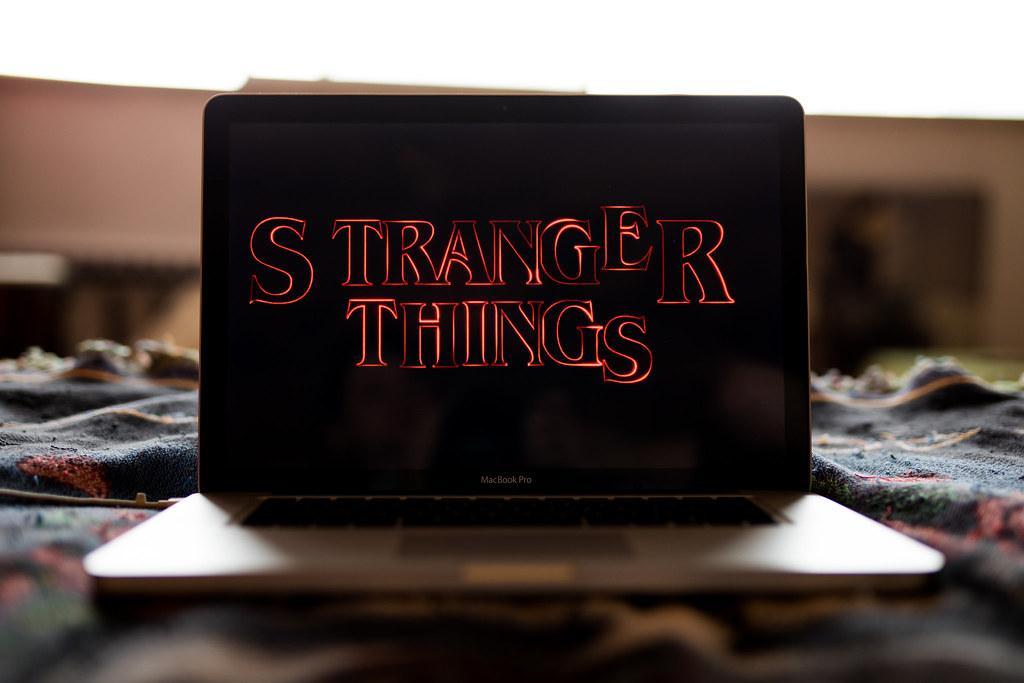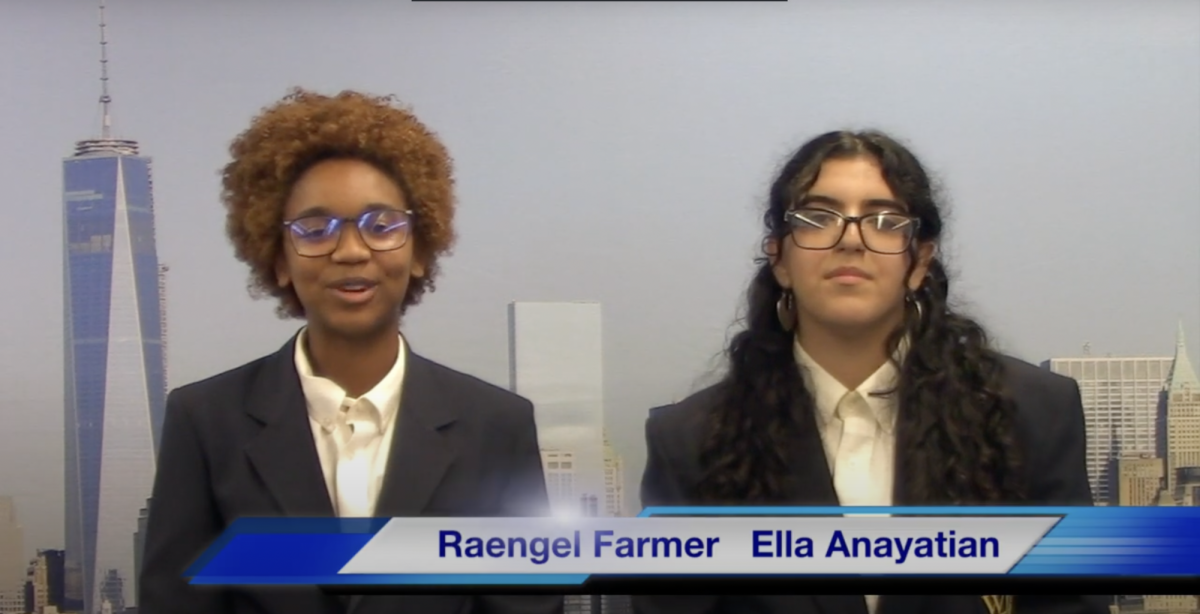
by Brendon Muniz, contributing reporter
QUEENS, NY- 10th Grade Social Studies teacher Mr. Andrew Gembara didn’t begin his career by teaching students, instead he taught prisoners, around the age of 50, at the Metropolitan Detention Center; a detention center where people were arrested for unlawful acts, such as tax crime.
When Mr. Gembara majored in education at St. Johns University, he had a roommate who was studying Criminal Justice. His roommate was asked to participate in the internship, but, instead of taking the offer, he asked if his roommate Mr. Gembara could attend, since he was studying to be a teacher. Without training, just an email and a phone call he was there within a week.
Mr. Gembara’s responsibility was to teach inmates lessons on rehabilitation. The goal was that, when these inmates were released to the general population, they have knowledge in using the internet, email, LinkedIn, social media, etc., skills that would make them responsible and help them avoid returning to prison.
“I would walk in the front entrance of the prison. I would have to take out all electronics, my wallet, anything metal that I had (like) my watch. Everything… put in a locker and then the warden of the prison would come down and I would have to like sneak in the flash drive with my presentation or cell phone I can use to show the guys because all that stuff is prohibited. So it would’ve been weird for me to go in there, do a lesson on cell phones and not even have one to show them.”
He also stated that there were some similarities and differences from teaching there and teaching in a school environment. He would attend on weekdays, and begin around 8-9 am, ending by 1-2pm. He would make a presentation in the library to 20-50 inmates who would be at their desks with handcuffs on. The handcuffs would be removed the more they attended the class. When class was over, they would be escorted out by correction officers. He even taught Michael Douglas’s son for a day when he was arrested for criminal possession of narcotics.
Mr. Gembara would describe the setting of the prison community as “interesting, but weird.”
“The thing about prison is that everyday feels exactly the same. There is no Saturday, there is no Friday, there is no morning, there is no night… it’s just like one continuously long day that lasts you for five years or ten years.”
He mentioned that one time in January two guys fought because one was taking a shower longer than the other and, six months later, the two guys would still fight over the same thing. In the prison, there would be three TVs, one with Jerry Springer, the other with BET, and the last with Telemundo and, if someone changed the channel, it would be a bad day.
Establishing dominance was a key role that Mr. Gembara had to use in order to teach his inmates. At times, they would find something that would make him insecure and use it for the whole week to see his reaction. So he would consider his reaction to some of the insults “unprofessional” and “misleading to what (he) was and what (his) job was” but it worked. There were “weird politics” in the prison, such as, if you had a room with a good view of the city and Statue of Liberty, it meant that you were “top dog.” There were social situations that made him not want to go to prison at all, but teaching there allowed him to not worry about public speaking, and instead just make sure that his students understood the lesson.
“It was like shock treatment. I realized that (this internship) gave me a lot of confidence when going in a classroom of kids. Once you stand in front of 60 federal prisoners, then standing in front of 30 thirteen year old kids is not intimidating anymore.”
A student from Mr. Gembara’s music class appreciated his previous experience before he began teaching students.
“I think it’s interesting that he taught in a prison because it shows that he is a helpful and a fearless person. The fact that he taught students after that experience shows that he cares about teaching others and that no matter how old his mentees are, he only wishes them to be successful,” sophomore Ivana Pitino said.
Mr. Gembara remains teaching at World Journalism Preparatory School, and will go back to visit and talk once or twice a year.
“Mr. Gembara has great control over his classroom, and I think he got that skill while teaching in prison,” physics teacher Hayley Katz said.





































